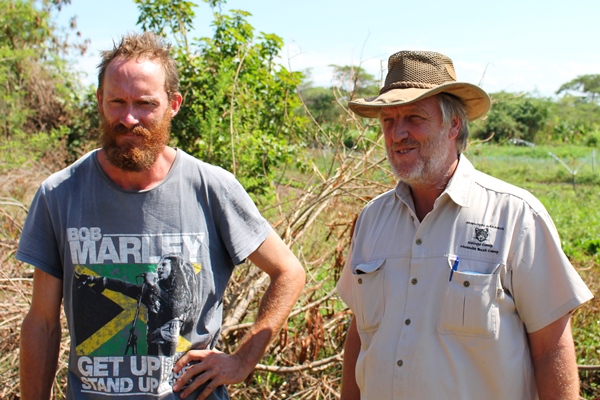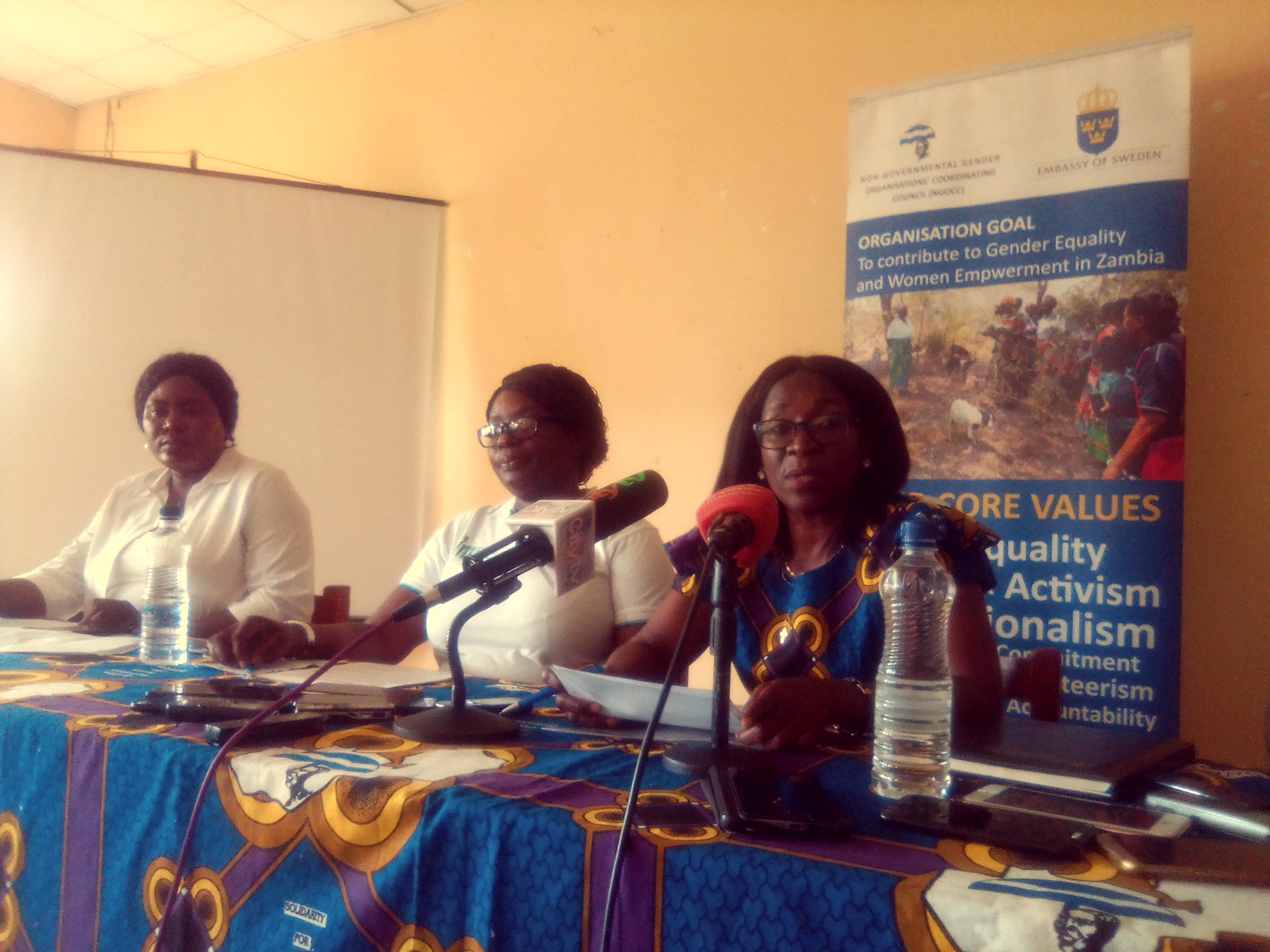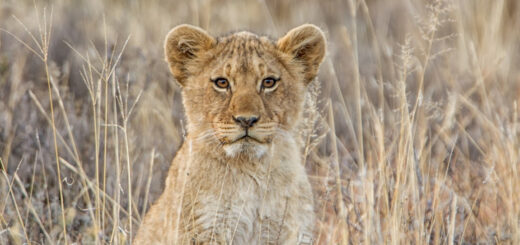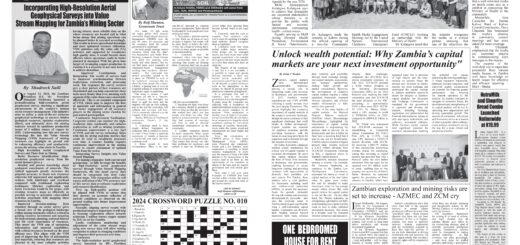Rainy season is here
Notice: Undefined index: catFilterList in /home/zambi/public_html/wp-content/plugins/wp-likes/api.php on line 243
Edition 141
Rainbow News
28/10/2024
Rainy season is here
Rains have started in many areas around Zambia, we have survived the long harsh dry season; hopefully predictions of good rains from the global MET people are accurate and we will enjoy normal or above normal rains although some have been warning it may not be as good as they thought.
How can we make the best of the 2024/25 season?
At Grassroots Trust we always advise, prepare for the worst and hope for the best. By this we mean make sure your soil is as healthy as possible, if your soil is burned, bare and baked hard in the sun it will not accept much rain, most will run off causing floods down the slope and gathering volume and speed, overloading the dambos, streams and rivers and be in Mozambique or Congo with a few days, together with a lot of Zambia’s precious top soil. If the water doesn’t enter your soil quickly, it will remain dry and drought will within a week.
Hopefully you managed to keep the fire off your lands this dry season and it remains covered with living and dead plants. Think of plants as God’s blanket, the more plant cover you have, the quicker the rain will infiltrate into your soil and move efficiently down deeper when more rain arrives; more water, more growth, less drought, less problems!
How can you test if your soil is healthy and alive?
Scientific soil tests are useful if you have money to buy and add chemical fertilisers to correct any problem found. However, more and more farmers are finding that restoring the biology, the worms, insects, bacteria, fungi in the soil offers a much cheaper, more resilient long term solution to soil fertility. This essentially requires more plants, living and dead cycling in each square meter, Diversity too is critical, there are no monocultures in nature.
To get an idea of how fertile your soil is, dig a handful of soil from your field and compare it with a handful taken from under a healthy bush next to the field. I’ll bet the bush soil is dark, lumpy in texture and smells like compost while your field is light in colour, loose like sand and has no smell. As you do more of these comparisons you will begin to understand what your land needs to look like to be naturally fertile; a mix of deep rooted and shallow rooted plants of many different species is best, Mother nature gives us the perfect lessons as we look into the bush
Now think of how to arrange your crops in the same way. Sebastain Scott plants lines (alleys) of leguminous fast-growing trees like pigeonpea, leucaena, Gliricidia and musangu 3m apart across all his fields. In one of the blocks between the trees, he may plant maize and in the other block legumes like soya, groundnuts or nyemba. The next year he will rotate them, the maize benefitting from the legumes. The fresh shoots from the trees will be cut right down and placed in between the maize rows and buried lightly just before top dressing time. The fresh shoots break down quickly releasing ‘free’ natural nitrogen tio the maize.
Pumpkins planted under the maize suppress new weeds with their big leaves as our grandmothers taught us. Weeding has to be by hand because selective herbicides would kill either the legumes or the maize. But crops cover quickly and shade out the weeds so once or sometimes twice is enough. Late weeds are encouraged to feed the soil and keep the soil healthy for rain to infiltrate. Whatever you try, copy nature lessons, many different plants growing together is better than bare soil and a few lines of maize alone. Good luck!
Next week we will discuss how we can better manage our livestock in the rainy season.
Rolf Shenton
Grassroots Trust

Sebastian Scott, with his friend and co-founder of the Grassroots Trust in Zambia, Rolf Shenton. The aim of the trust is to protect and develop traditional farming systems that help small-scale farmers to farm profitably and sustainably with minimal input costs.




















